Numerous scientific theories attempt to elucidate phenomena that impact us all. A few of these theories are simple and effortless to grasp. Nonetheless, some propose the likelihood of vast, life-changing, and intricate happenings. If these conjectures are validated, our perceived reality could be nothing but an illusion. Are we prepared to face the truth? Here are 25 astounding scientific theories that may astound you.
White Holes
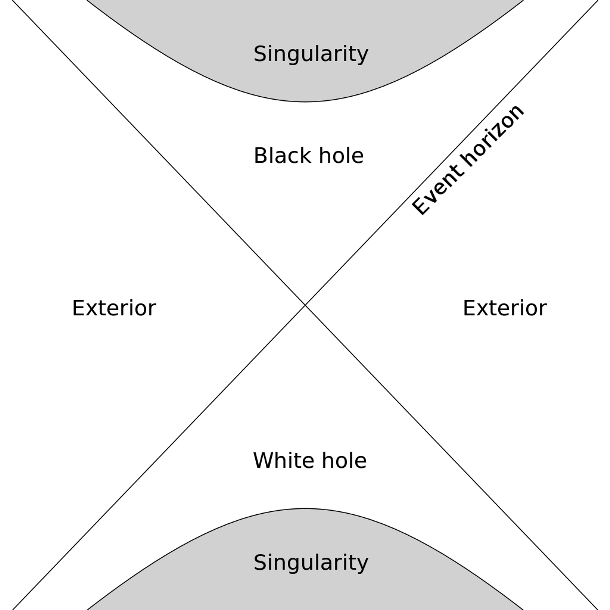 Source: iflscience.com
Source: iflscience.com Considered the opposite of the black hole, the white hole is a hypothetical feature of the universe that consists of matter and energy and nothing can get inside it. However, no white hole has been detected yet so this scientific theory is yet to be confirmed or busted.
Copenhagen Interpretation
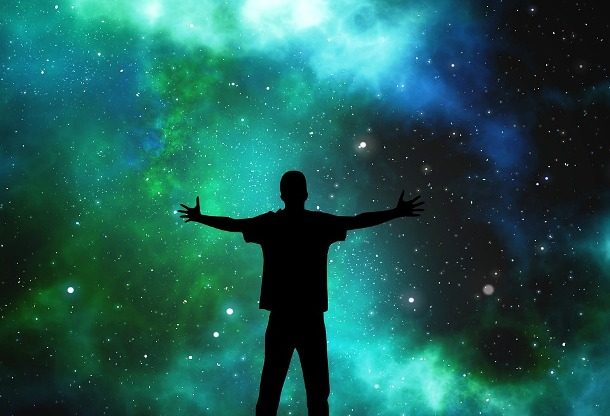 Source: science.howstuffworks.com
Source: science.howstuffworks.com Devised between 1925 and 1927 by physicists Niels Bohr and Werner Heisenberg, the Copenhagen Interpretation is the most widely accepted explanation for why the same quantum particle may behave in different ways. According to this theory, the universe splits to accommodate each possible outcome of any action we take.
Matrix Universe
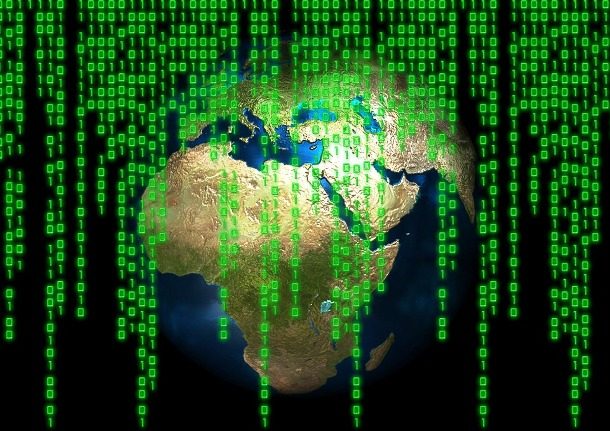 Source: theguardian.com
Source: theguardian.com There are many technology experts and physicists who believe that the iconic 1999 movie “The Matrix” might actually not be science fiction. Proponents of this theory argue that what we experience as reality is in fact a giant computer simulation created by a more sophisticated intelligence.
Time Traveling
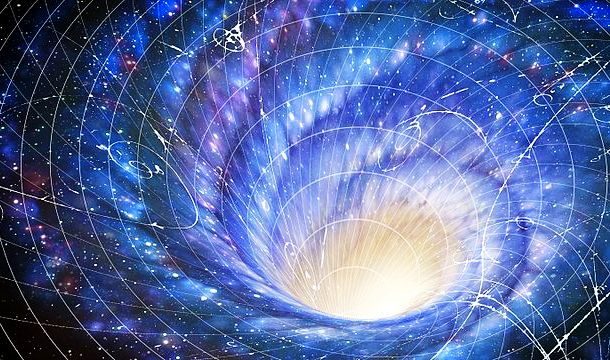 Source: space.com
Source: space.com The idea of traveling in time has fascinated us for centuries and some modern physicists believe this concept might really work. Some NASA scientists suggest it might be possible to travel in time through special “wormholes” created in different points of space time.
Cold Sun
 Source: thoughtcatalog.com
Source: thoughtcatalog.com German-born British astronomer William Herschel is famous for many impressive discoveries but he was also the author of several scientific theories that seem completely insane these days. For example, he believed that the Sun’s surface was cold and fully inhabitable, populated by aliens whose heads were acclimated to the enormous amount of light.
Phlogiston Theory
 Source: britannica.com
Source: britannica.com The Phlogiston theory is a superseded scientific theory that postulated that a fire-like element called phlogiston was contained within combustible bodies and released during combustion. The theory was invented in 1667 by German alchemist Johann Joachim Becher.
Vasiliev Theory
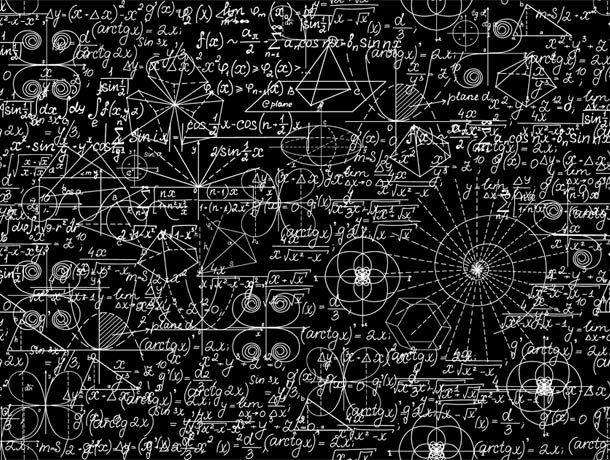 Source: scientificamerican.com
Source: scientificamerican.com Put forward in the late 1980s by Russian physicist Mikhail Vasiliev, the Vasiliev theory is so complex and opaque that most theorists have been avoiding it. Based on a number of extremely complex equations (known as Vasiliev equations), the theory suggests that the world consists of electrical, magnetic and other fields that represent the known forces of nature and types of matter.
Panspermia Theory
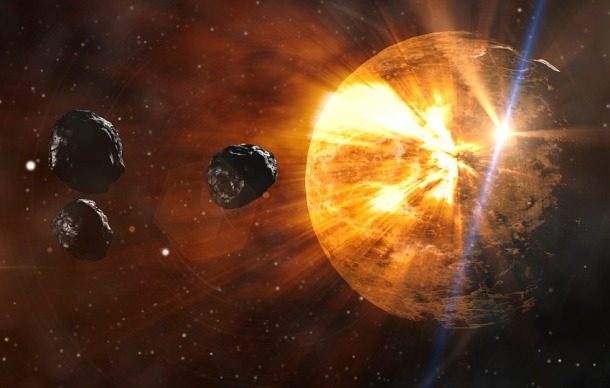 Source: tripod.com
Source: tripod.com One of the oldest theories on the list, the Panspermia theory was first mentioned in 5th century BC in ancient Greece and has been adopted and developed by many scientists since then. The hypothesis suggests that life exists throughout the universe and is distributed by meteoroids, asteroids, comets and other astronomical objects in the form of unintended contamination by microorganisms.
Phrenology
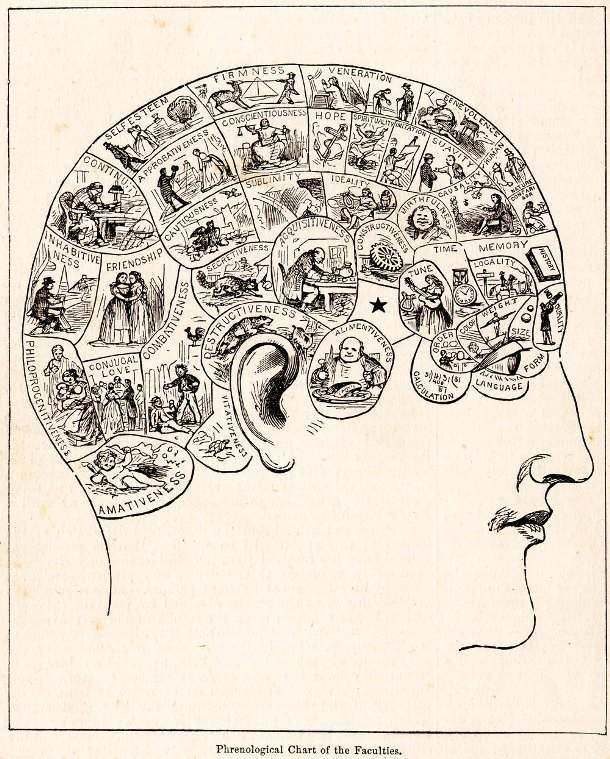 Source: historyofphrenology.org.uk
Source: historyofphrenology.org.uk Once called “the only true science of mind”, phrenology came from the theories of the idiosyncratic Viennese physician Franz Joseph Gall in 1796. Based on the concept that the brain is the organ of the mind, phrenology claimed it was possible to determine intellectual and character traits of people by measuring and examining their skull.
Vegetable Lamb
 Source: metmuseum.org
Source: metmuseum.org One of the craziest theories medieval European scientists came up with, the Vegetable Lamb was believed to be a creature that was part animal and part plant and which supplied soft, white fiber thought to be a type of fine wool. The theory was probably based on a real plant, the Levant cotton (Gossypium Herbaceum) that was once native to Africa and Asia.
Cosmic Twins
 Source: bbc.com
Source: bbc.com The theory of Cosmic Twins is based on the idea that there are only a certain number of combinations of particles possible and if the universe is big enough (which, being infinite, it should be), it is very likely that there are identical copies of each of us somewhere out there.
String Theory
 Source: nuclecu.unam.mx
Source: nuclecu.unam.mx In the last few decades, the String Theory has emerged as the most promising candidate for a microscopic theory of gravity. First studied in the late 1960s, the theory attempts to provide a complete, unified and consistent description of the fundamental structure of the universe. The essential idea behind the theory is that everything consists of tiny, one-dimensional strings.
Mandela Effect
 Source: rationalwiki.org
Source: rationalwiki.org Based on existence of parallel universes, the Mandela Effect is a pseudoscientific theory that explains differences between one’s memories and the real world by changes to past events in the timeline. The theory was named after Nelson Mandela, whom many people erroneously believed to have died in prison in the 1980s while he officially died in 2013 at his home.
Pregnant Thoughts
 Source: thoughtcatalog.com
Source: thoughtcatalog.com Classical gynecology once believed that pregnant women were able to impart certain characteristics on their unborn babies through their pregnant thoughts. This theory was therefore used to account for a number of infant diseases, defects and depression in youth.
Universe Slowing Down
 Source: dailymail.co.uk
Source: dailymail.co.uk The Big Bang Theory suggests that the universe has been pulled apart at an increasingly rapid rate by a mysterious force called dark energy. However, new studies of supernovae and their location in space indicate the acceleration of the expansion of the universe might actually not be that fast.
Heliocentrism
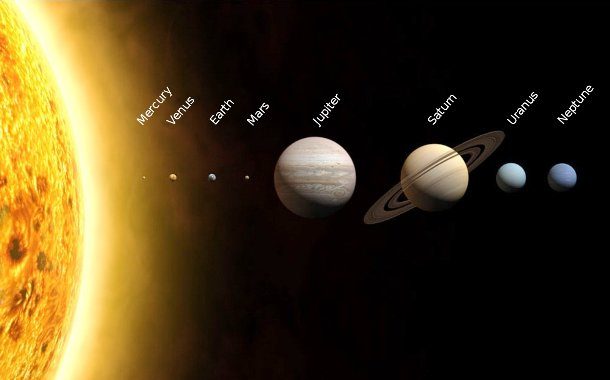 Source: sciencenews.org
Source: sciencenews.org Today, Heliocentrism is the only widely accepted astronomical model and there is no controversy over it. But when Nicolaus Copernicus presented this theory back then in 1543, claiming that the Earth and other planets rotate around the Sun, he shocked most of then scientific community.
Dark Matter
 Source: huffingtonpost.com
Source: huffingtonpost.com The dark matter is a hypothetical matter that is believed to be found in the universe. The dark matter has never been observed or detected and there is no direct proof that it really exists but some scientists are convinced this mysterious stuff accounts for up to 70% of the universe.
Transmutation of Species
 Source: biology-online.org
Source: biology-online.org Introduced by French naturalist Jean Baptiste Lamarck in his 1809 book Philosophie Zoologique, transmutation of species was the first fully formed scientific theory of evolution. Arguing that new species were created by transformation of others, the theory was later rendered obsolete by Darwinian evolution and Mendelian genetics.
Gaia Theory
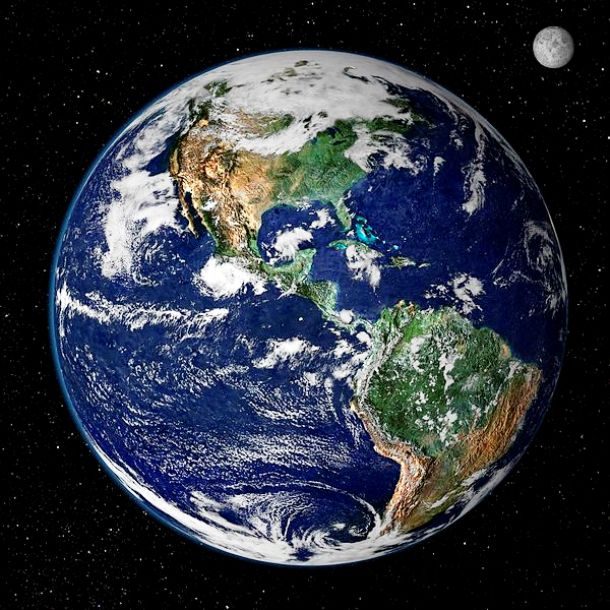 Source: gaiatheory.org
Source: gaiatheory.org The Gaia theory asserts that all living organisms and their inorganic surroundings have evolved together as a single living system that greatly affects the chemistry and conditions of Earth. Some scientists believe that this system self-regulates global temperature, atmospheric content, ocean salinity and other factors in an “automatic” manner.
Butterfly Effect
 Source: urbandictionary.com
Source: urbandictionary.com A part of the chaos theory, the butterfly effect is based on the concept that small causes can have large effects. The name of this scientific theory was coined when the chaos theory used this example: “It has been said that something as small as the flutter of a butterfly’s wing can ultimately cause a typhoon halfway around the world.”
Island of California
 Source: businessinsider.com
Source: businessinsider.com One of the most famous cartographic errors in history, the theory that California was an island first appeared in 16th century. It was propagated on most Spanish maps for many following decades and it was not until 1747, when King Ferdinand VI of Spain issued a royal decree proclaiming that “California is not an island.”
Dark Triad
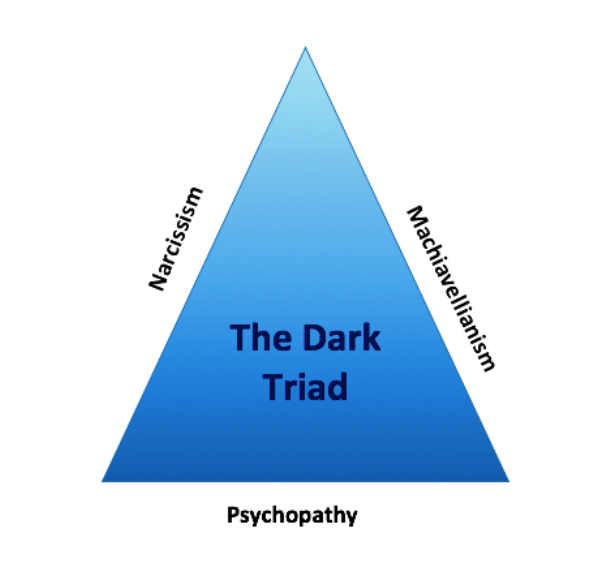 Source: listverse.com
Source: listverse.com The theory of the dark triad is a psychological concept that focuses on three negative personality traits: narcissism, Machiavellianism and psychopathy. It’s been observed that people who score high on the triad, are much more likely to become merciless, cunning, and cold-hearted criminals.
Holographic Universe
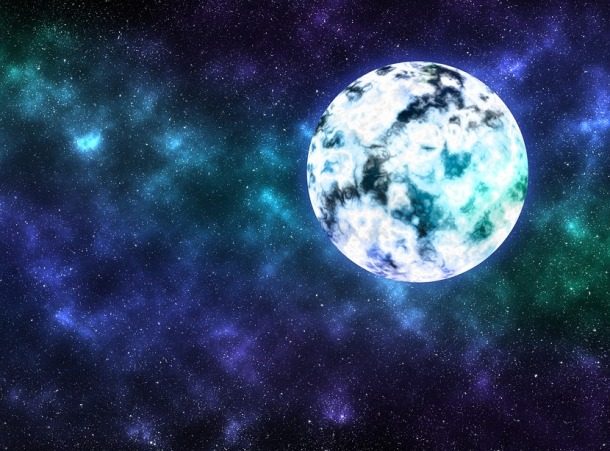 Source: southampton.ac.uk
Source: southampton.ac.uk When the theory of the holographic universe was first suggested in the 1990s, it was condemned as crazy science fiction. However, recent investigations of irregularities in the cosmic microwave background indicate this theory might not be as unrealistic as it seems.
Zoo Hypothesis
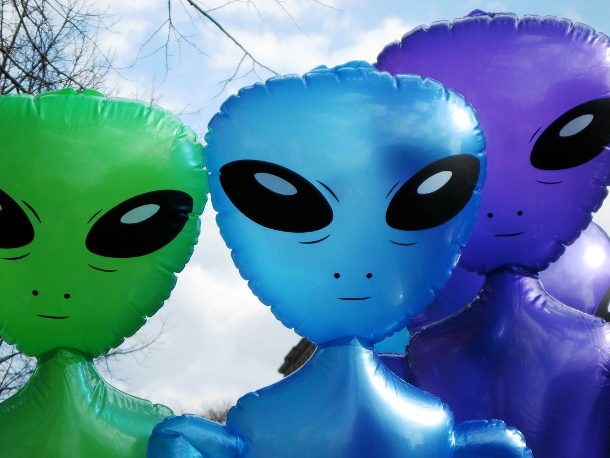 Source: independent.co.uk
Source: independent.co.uk Proponents of the zoo hypothesis believe that humans have been constantly observed by super intelligent extraterrestrial civilizations, just like we observe animals kept in zoos. The theory also asserts that aliens might never contact us as they want us to evolve naturally, without any cosmic interference.
Terra Australis
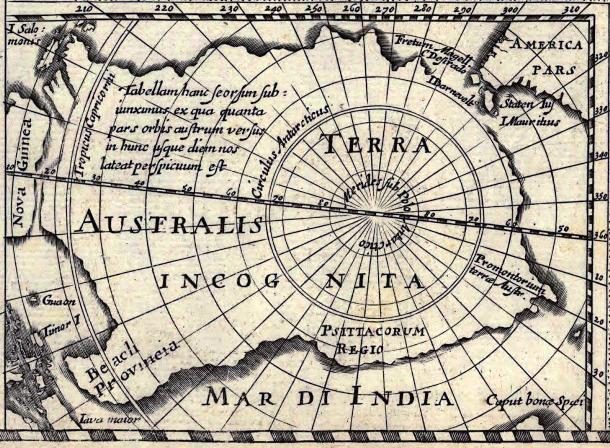 Source: australiaforeveryone.com
Source: australiaforeveryone.com Translated as “south land”, Terra Australis was a hypothetical continent that was once believed to be found somewhere in the Southern Hemisphere. There was no proof that the continent existed but some Renaissance scientists argued that all the known land mass located in the Northern Hemisphere must be balanced by a southern counterpart.
Lists Going Viral Right Now
Image Credits: 25. TimothyRias via en.wikipedia.org CC BY-SA 3.0, 24-23. Public Domain, 22. Kjordand via commons.wikimedia.org CC BY-SA 4.0, 21. Grahampurse via commons.wikimedia.orgCC BY-SA 4.0, 20. Eric Dufresne from Trois-Rivières, Canada via commons.wikimedia.org CC BY 2.0, 19. Shutterstock, 18-16. Public Domain, 15. Shawn Welling via en.wikipedia.org CC BY-SA 3.0, 14. Public Domain, 13. Library of the London School of Economics and Political Science with via commons.wikimedia.org No known copyright restrictions, 12-11. Public Domain, 10. WP via en.wikipedia.org CC BY-SA 3.0, 9-7. Public Domain, 6. Kenneth Dwain Harrelson via en.wikipedia.org s.org/licenses/by-sa/3.0/” target=”_blank” rel=”nofollow”>CC BY-SA 3.0, 5. Public Domain, 4. LauraHarris via commons.wikimedia.org CC BY-SA 4.0, 3. Public Domain, 2. Lewis Francis via commons.wikimedia.org CC BY 2.0, 1. Kattigara via commons.wikimedia.org CC BY-SA 3.0



























